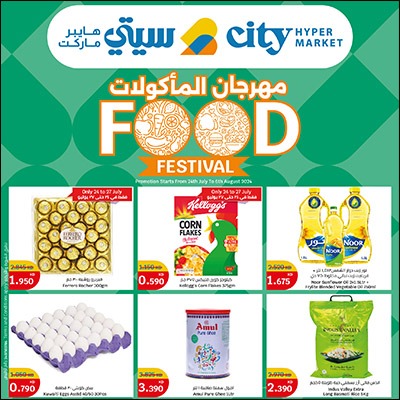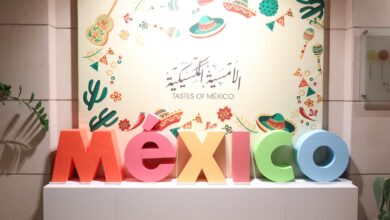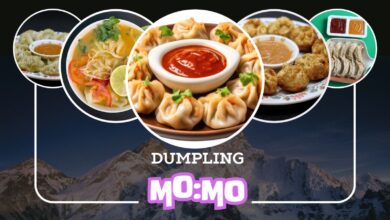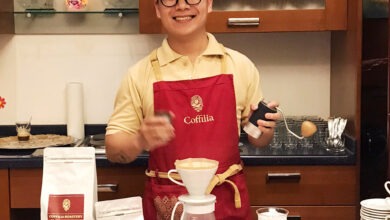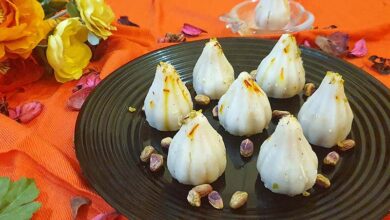Food journeys of a life time: Germany and Italy
Extraordinary places to eat around the globe
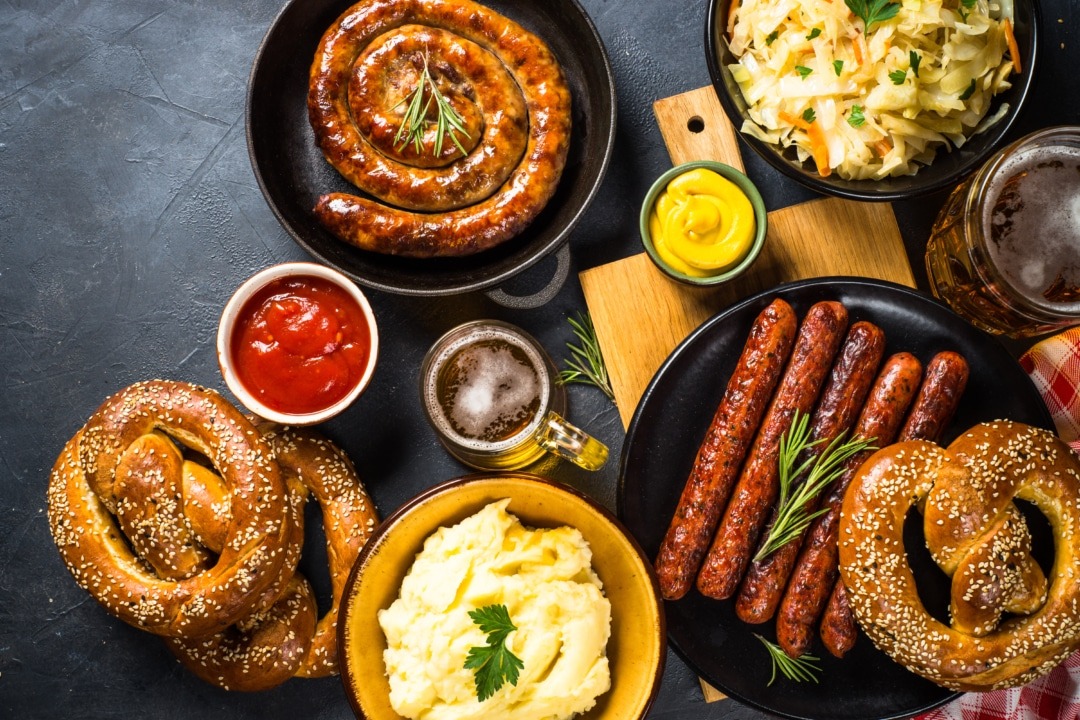
Eating is part of what makes travel so exhilarating. When one thinks of a place, one of the memorable experiences recalled is either because of the food eaten or the people one has shared it with. A meal abroad is more than an intake of calories, it is an exercise in cultural immersion. What people eat, when they eat, where and how they source their food, what gastronomic rituals they observe – all offer telling insights into a place and its people. Celebrating a unique relationship between food and travel, between place and plate, this endlessly fascinating adventure will be regularly featured in our pages.
Germany
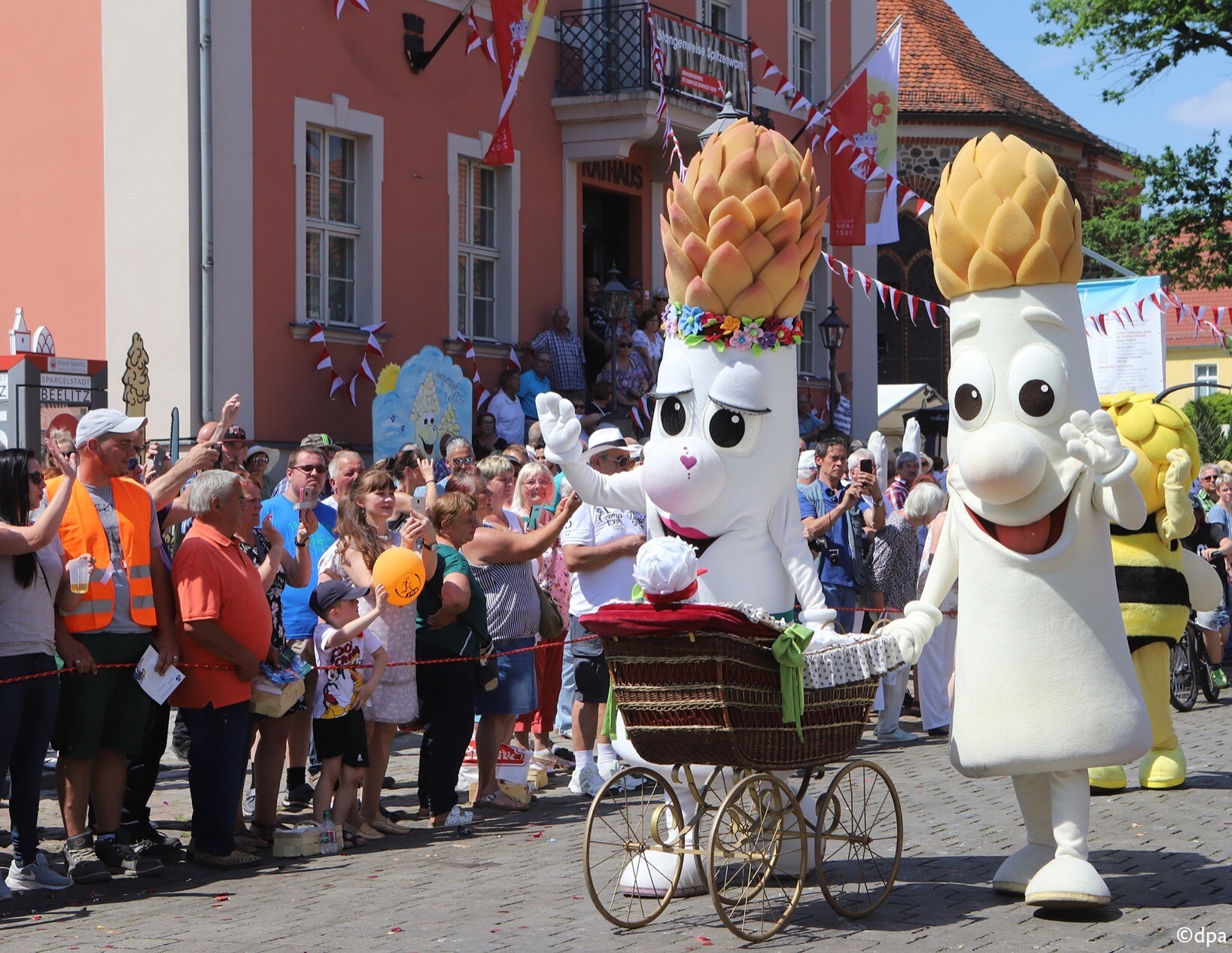
Asparagus festival
Every spring, thousands of visitors descend on the descend on the southern Germany’s asparagus triangle to celebrate this culinary treasure. Every year on the first Saturday in May the sedate town of Schwetzingen, in the southwestern state of Baden-Wurttemberg,
is overrun with people, bands and asparagus stalls. This is the Spargelfest, or Asparagus Festival – a day of music, dancing and parades in honor of the ‘Konigliche Gemuse’, or Royal Vegetable.
For this is no ordinary asparagus, but the highly prized white-alabaster-stalked-variety, so exclusive it was once eaten only by kings. The Spargelfest marks the peak of the asparagus, or spargel season, which lasts from April to June.
It is a period of frenzied activity during which around 70,000 tons of the delicacy are gorged, and restaurants offer a special Spargelkarte, or asparagus menu. Asparagus mania is concentrated around the two main growing regions, Baden-Wurttemberg and Lower Saxony, and many towns hold a festival. The largest takes place in the city of Bruchsal (Baden-Wurttemberg), but the most famous is the one in Schwetzingen, the self-proclaimed ‘asparagus capital of the world’.
It was here that the white-asparagus craze started: the town was the summer residence of the 17th-century elector, Karl Theodor, reputedly the first person to grow the vegetable, in the light, sandy soils of his palace gardens. Today, white asparagus is available to everyone, and there is no better opportunity to enjoy it than at the Sparfelfest. Visit the stalls, take part in the grand peel-off, where you can test your asparagus-peeling skills, and watch the festival’s king and queen being crowned with asparagus spears.
When to go: The first Saturday in May for the Schwetzingentestival; the third Saturday in May for Bruchsal. Check dates for festivals in other places.
Planning: Schwetzingen is in the Asparagus Triangle, which lies between Heidelberg and Mannheim, and there are plenty of ‘asparagus routes’ in the area. Allow a full day at the Spargelfest, especially if you are going to Schwetzingen, as the festival is held outside the town’s baroque palace, which is also well worth a visit.
Websites: wwwcometogermanv.com, www.germanv-tourism.com
White asparagus
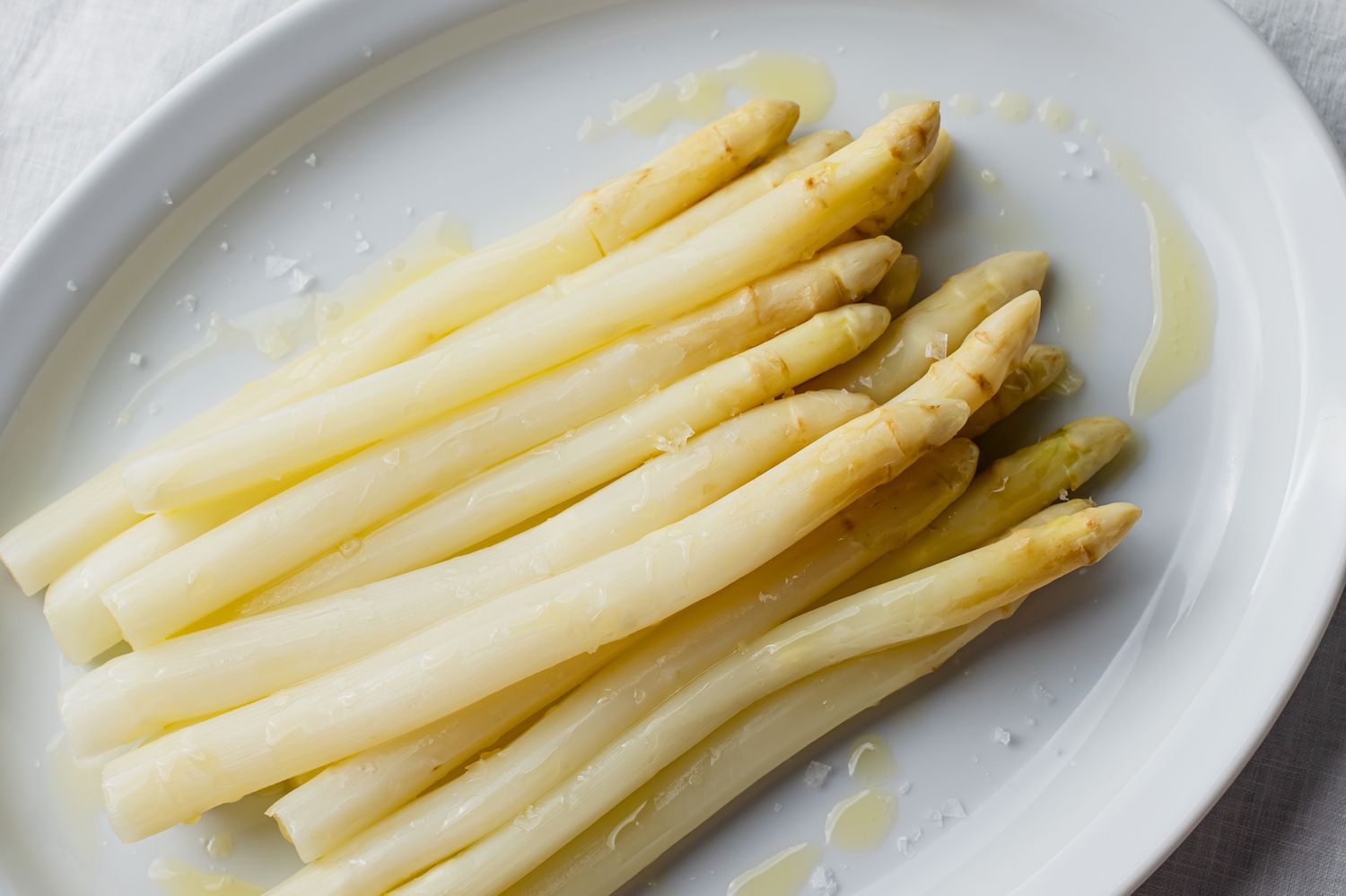
- Softer and sweeter than the green version, white asparagus is grown in sandy soil and, unlike its green counterpart, is protected from direct exposure to the sun. This gives the plant its characteristic milky white color.
- When choosing white asparagus, make sure the stalks are plump, as these are the sweetest and most tender of all. The stalks should also, ideally be, pure white from base to tip. Any purple coloring at the tips indicates exposure to the sun and a loss of flavor.
- To cook it, tie peeled asparagus in a bundle and stand it upright in a deep pot, in salted boiling water that comes about three-quarters of the way up the stalks, and boil for 10 – 20 minutes.
- Try it in cream of asparagus soup, with hollandaise sauce, or, best of all, with melted butter or an oil and vinegar dressing.
Italy
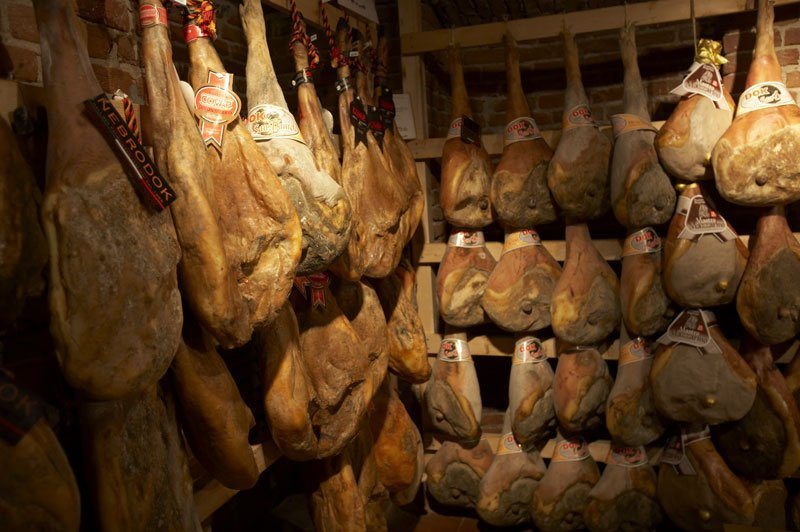
Slow food in Turin
Whether you want to shop or eat or just browse, enjoy some of the best slow food in north Italian city.
It is a bright April morning in Turin, capital of the Piedmontregion, and the daily Mercato di Porta Palazzo – said to be the largest outdoor food market in Europe — is packed with shoppers. Like the nearby cathedral housing the Turin Shroud, this is a pilgrimage, and not just for food-lovers, but for home-cooks in search of top-quality ingredients for family meals.
It being spring, there are new-crop salads, massed young snails — the symbol of the Slow Food Movement – making a bid to escape their display boxes, and on the butchers’ stalls, tender lamb. Italians would not think of eating lamb at any other time of year; they are, after all, the most assiduous observers of the seasons, and each season brings its own foods.
Five kilometers to the south lies another pilgrimage site. Since 2007, the converted Carpano (Punt e Mes) vermouth factory in the Turin suburb of Lingotto has housed the food emporium called Eataly, showcase of the Slow Food ethos. If a traditional Italian food shop is like a jewel box, this is the treasury. Whole rooms are devoted to fresh fruit and vegetables, seafood, dried and fresh pasta, cured meats, maturing cheeses, wine, preserves, bread and coffee.
There are tasting counters and specialty eateries, plus rooms for seminars and lectures. This is not just a shop, but a declaration of intent to enshrine and preserve food that are exhibited at traditional outlets like the Mercato di Porta Palazzo.
When to Go: Any time of year. In winter, feel the freshening chill from the snowcapped Alps to the north; in summer, feel the warmth (July and August can be torrid). The biennial Salone Internazionale del gusto festival is held at Lingotto in October (next in 2014).
Planning: The Mercato di Porta Palazzo, in the Piazza dellaRepublica, takes place every day except Sunday, 6.30am to 1.30pm; Saturday until 7.30pm Eataly is open daily and is accessible from the city center by bus, tram, train or car (directions Lingotto Fiere/8 Gallery). The restaurants in Eataly tend to get busy at peak hours, so it is best to eat slightly early or late
Websites: www.eataly.it, www.slowfood.com, wwwturismotorino.org
The slow food movement
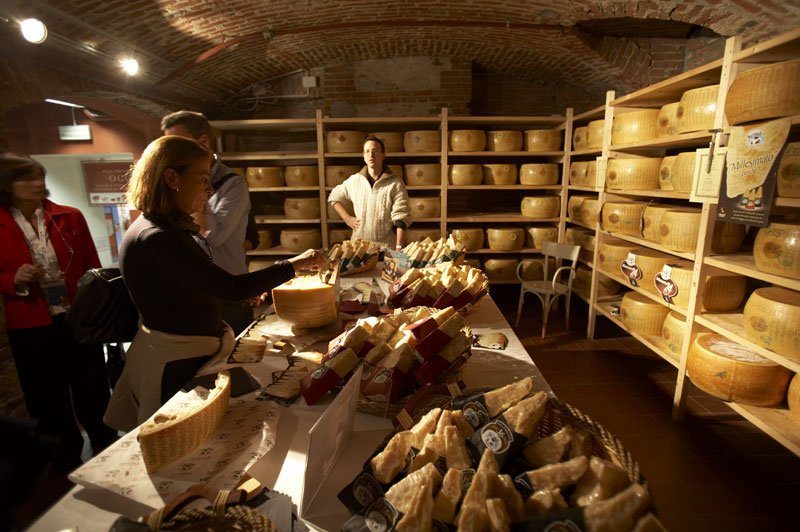
The concept of Slow Food was forged in the mid-1980s, whenMcDonald’s threatened to open a branch by the Spanish Steps in the heart of Rome. To a group of journalists eating together in the town of Bra, to the south of Turin, this represented the ultimate erosion of all they held dear about good Italian food.
Led by Carlo Petrini, the journalists campaigned to reverse this trend, promoting instead values such as the local sourcing ofgood ingredients, sustainability, artisan 5L0 COD (as opposed to factory) production, the careful and respectful preparation of food and conviviality in the eating of it — Slow Food as opposed to Fast Food.
The idea caught on, and now the Slow Food movement has more than 180,000 members forming local chapters, called convivia, in 120 countries. It is also behind the giant biennial food fair in Turin called Salone Internazionale del Gusto, and the school of gastronomy, the Universita di ScienzeGastonomiche.







